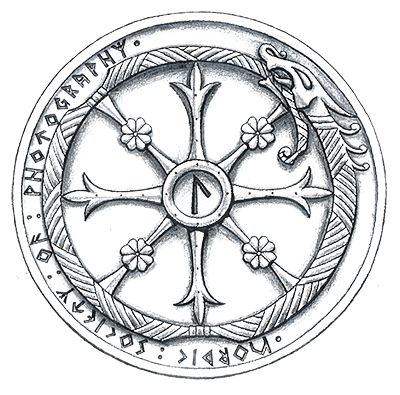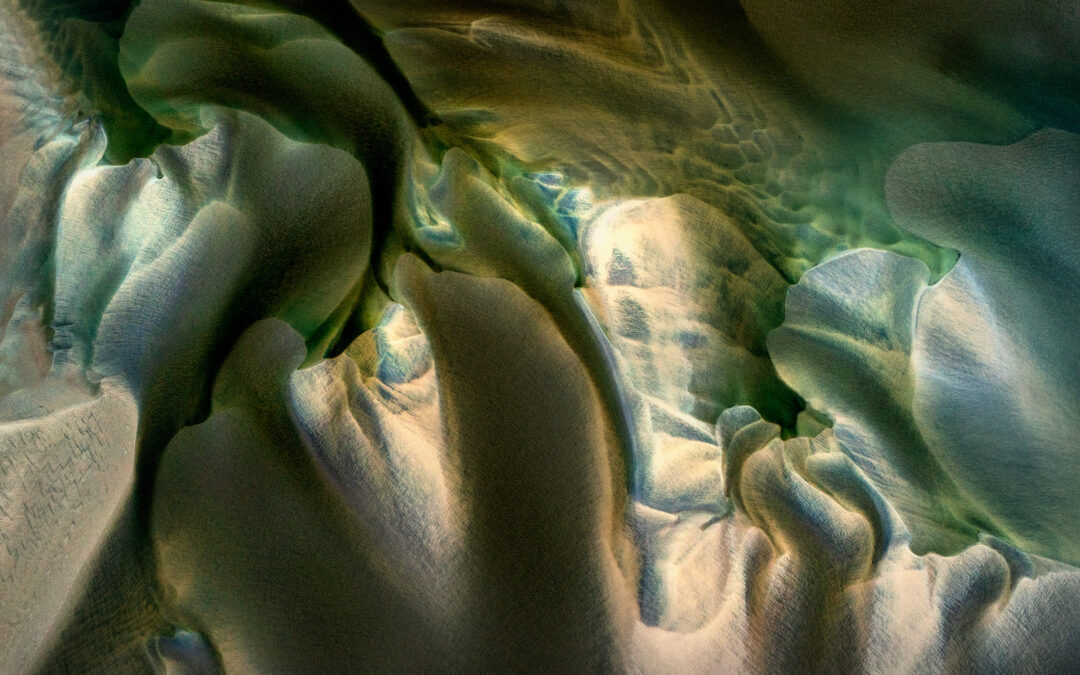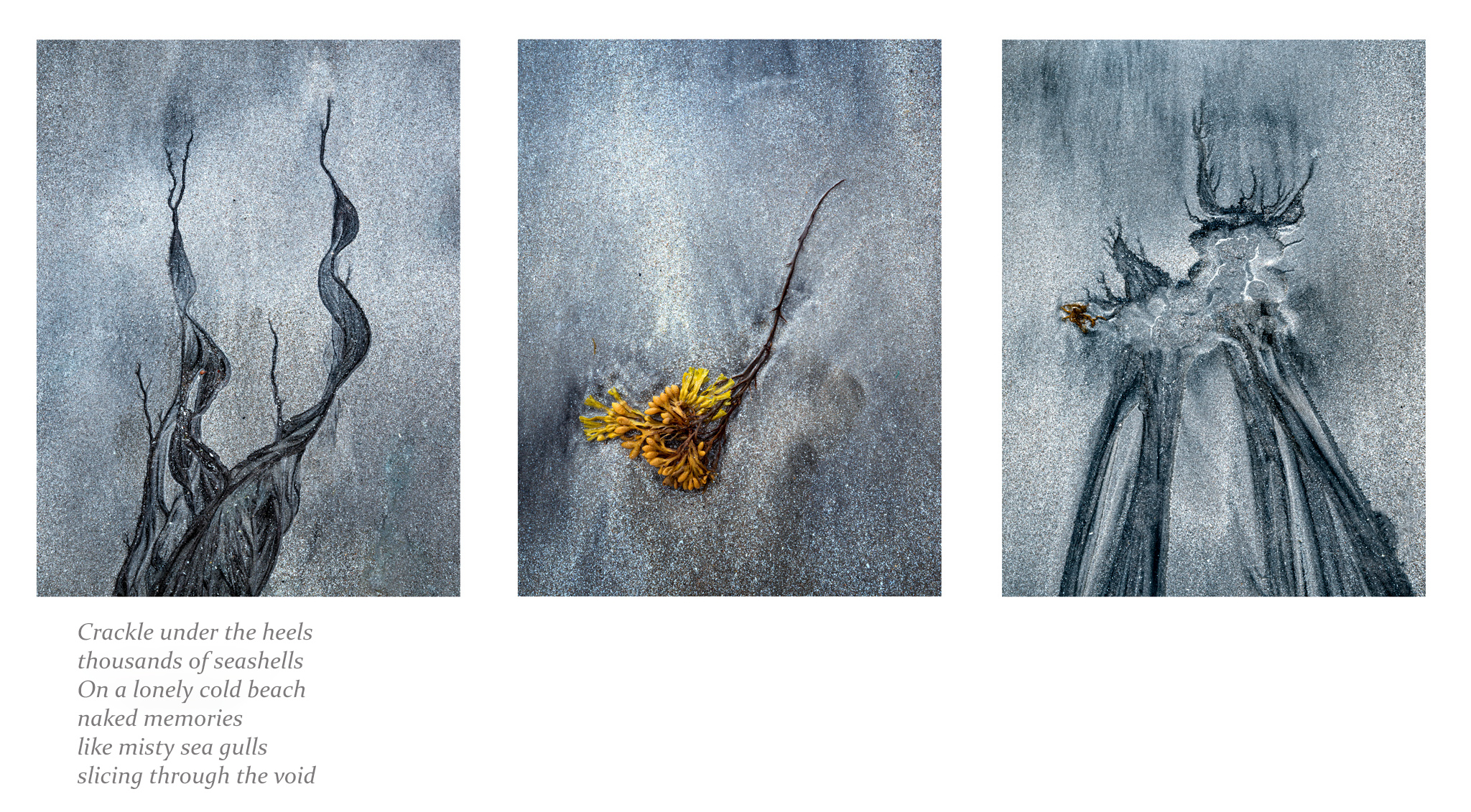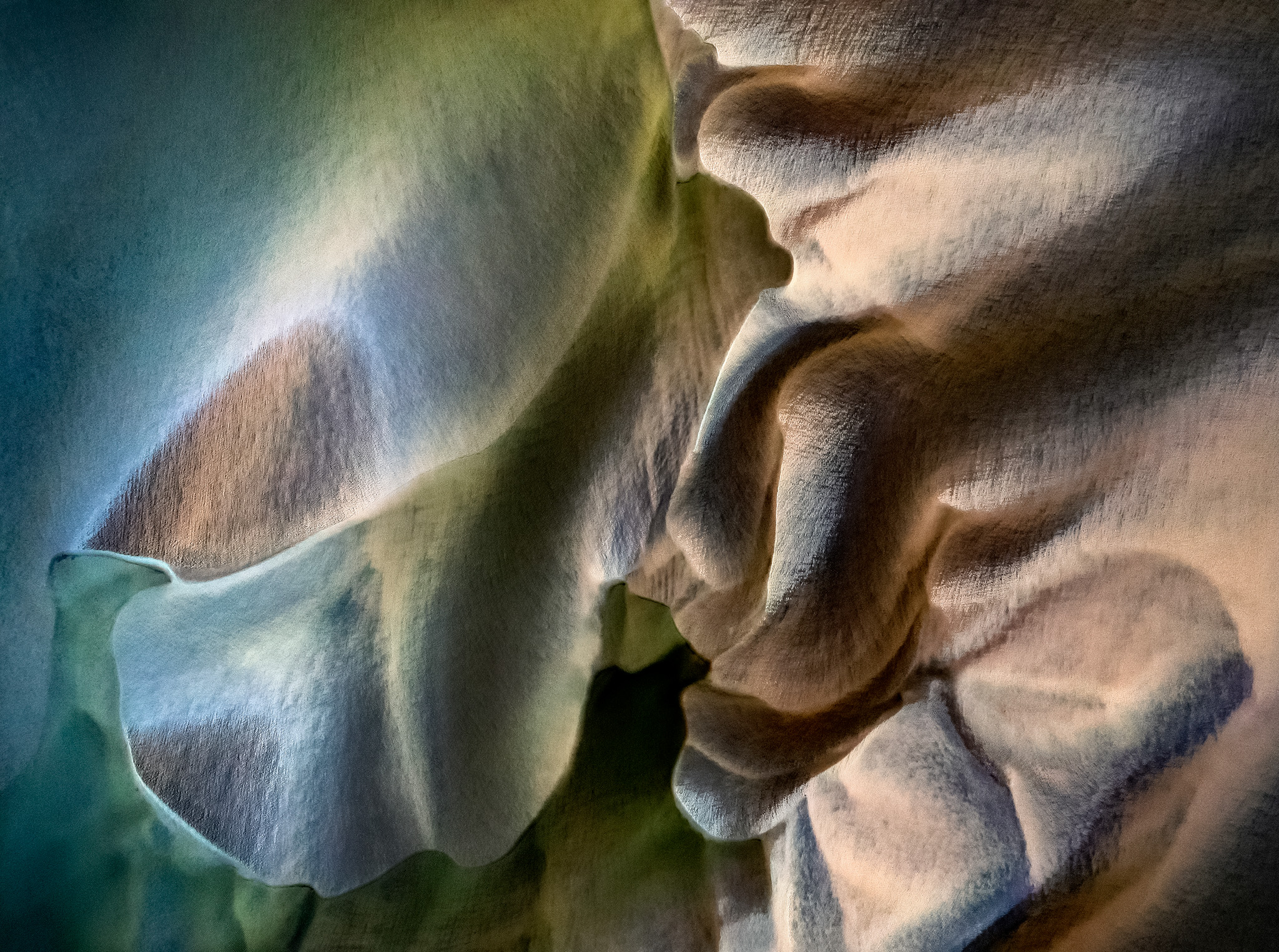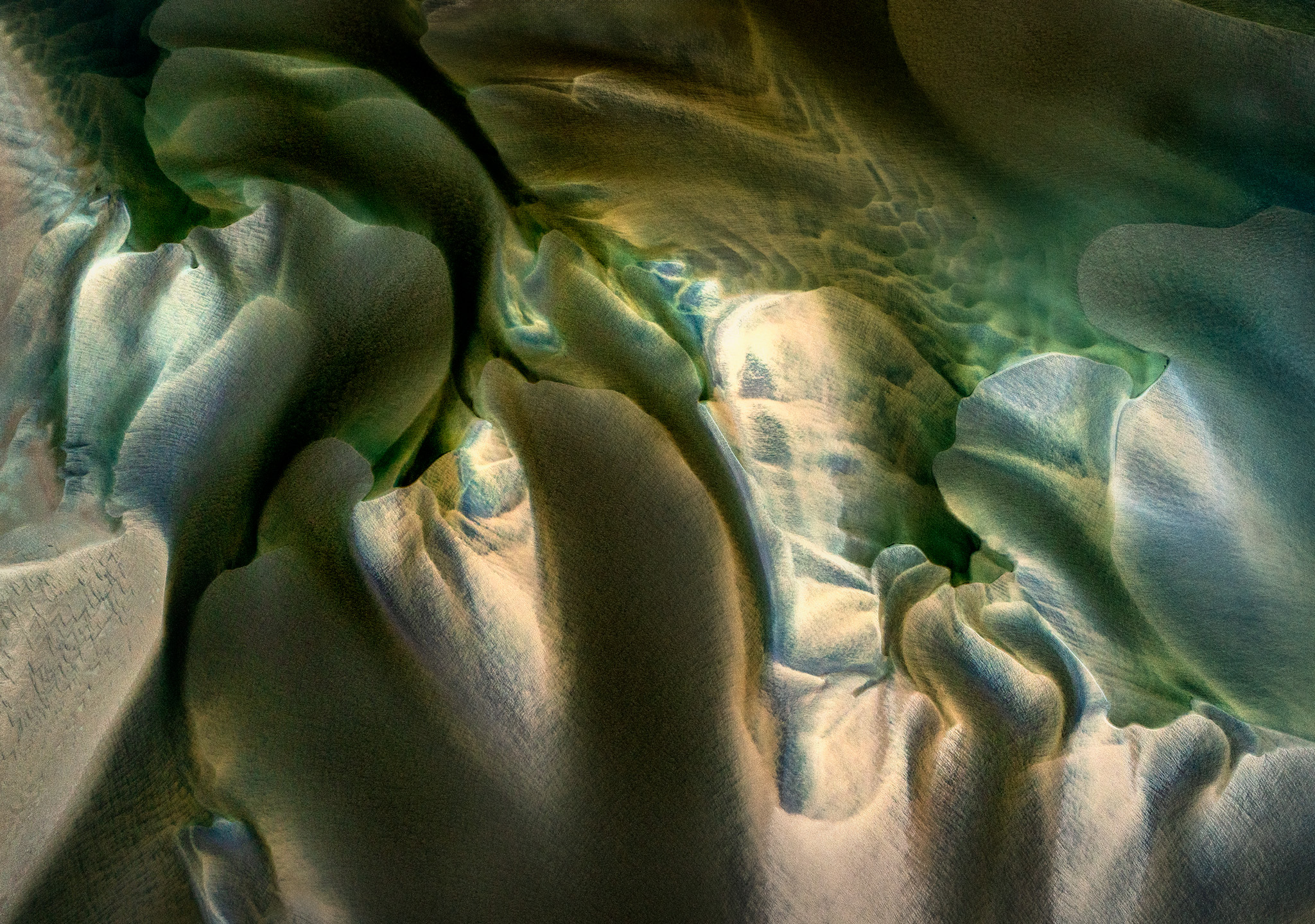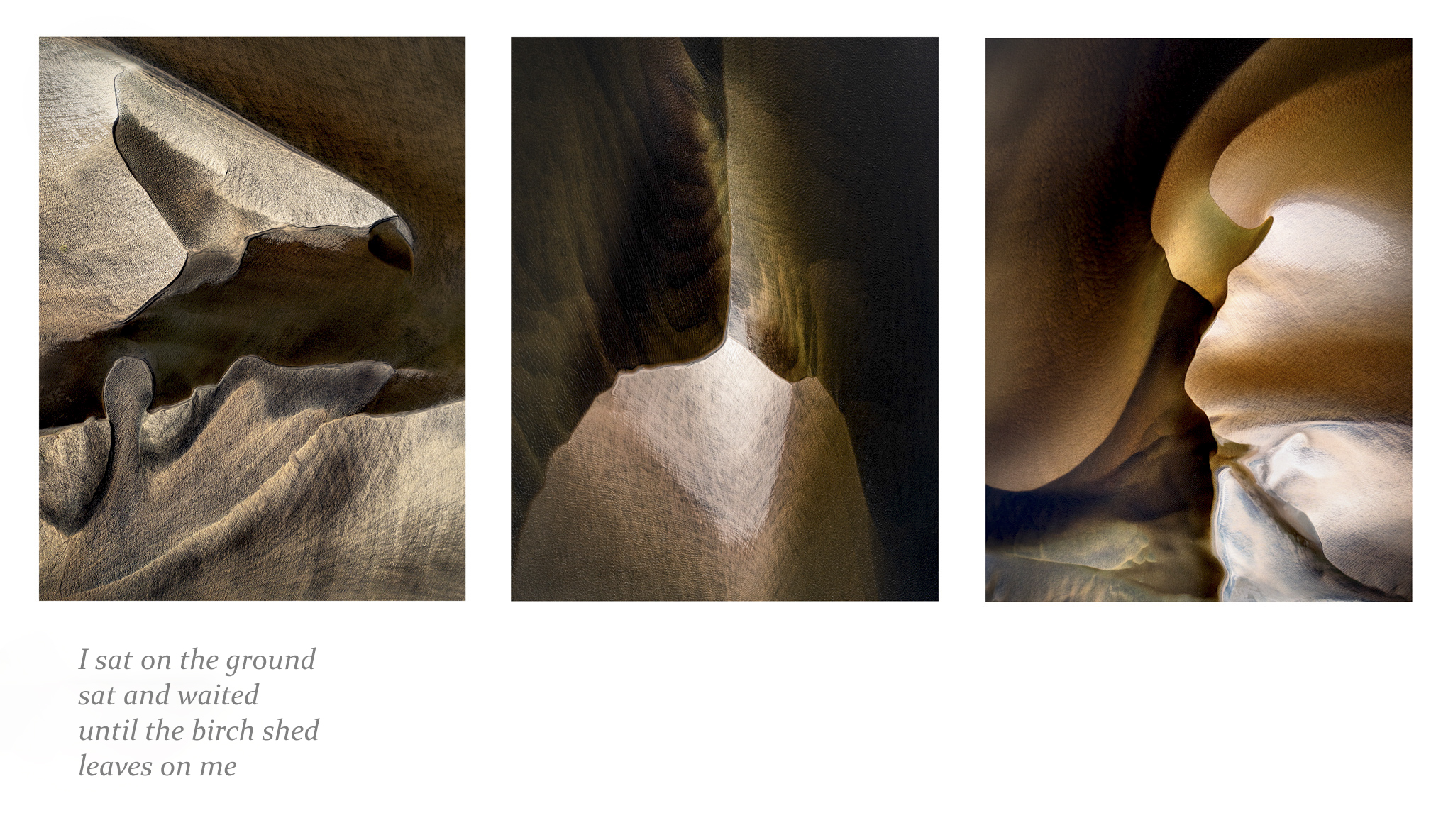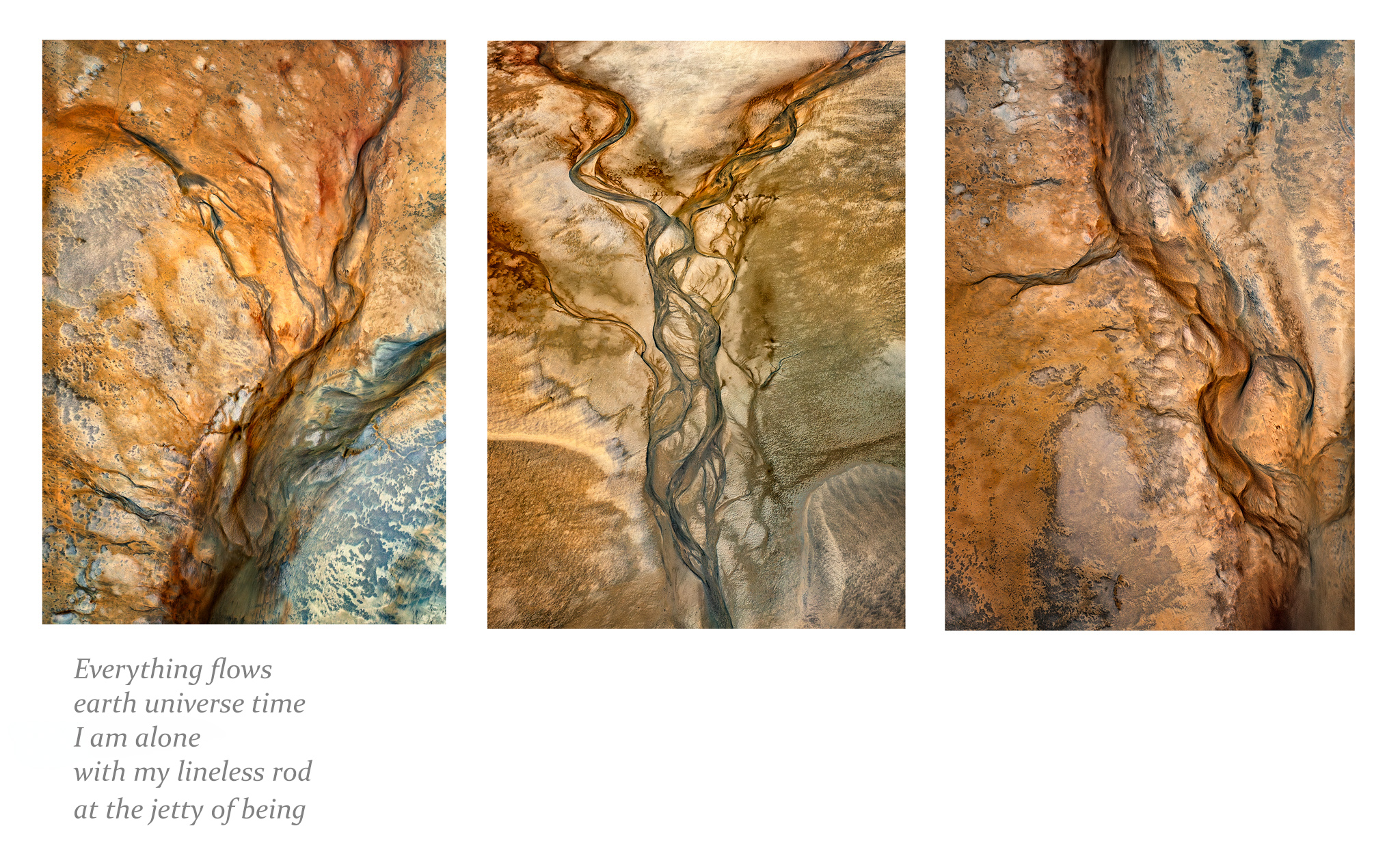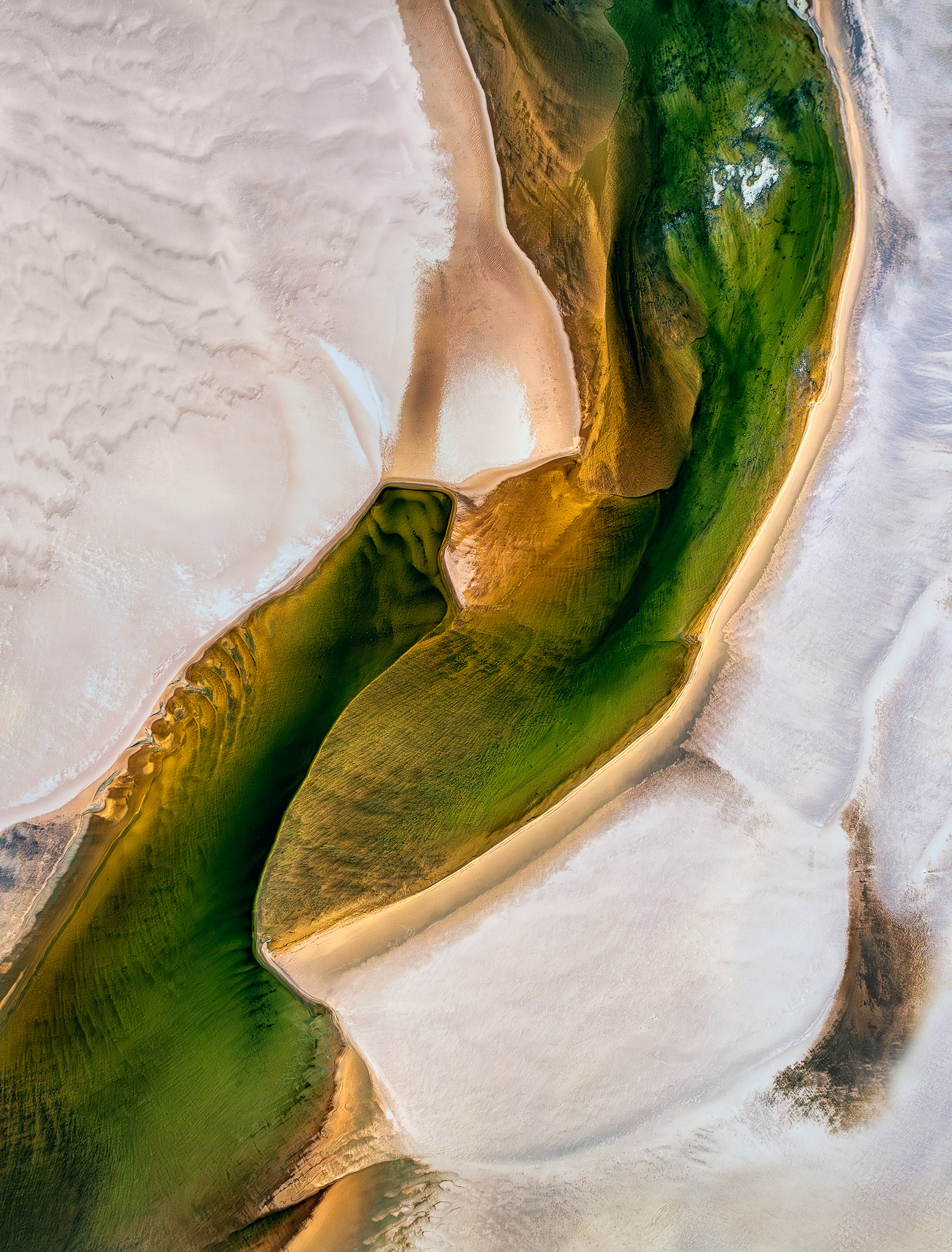Time passing through
Photography has always been considered an abstract art. A photographer sees something he wants to capture and presents his vision in a way that conveys it visually. The focus of photography is to show the world as it is, as it was, or as it could be. I think of a photograph as a series of shapes, colours, lines, and spaces.
I believe that photography is an art that has more feelings than ideas. It’s about capturing the moment when the photographer was present. The photographer’s mind brings the image to life.
As a photographer, aerial photography emphasizes our ability to abstract the landscape. In landscape photography, a horizontal line usually indicates the horizon, suggests time and place by anchoring the image, and creates depth. By tilting the camera down, abstracting, or often excluding the reference point of the horizon, I can focus on exploring the details of the landscape. I rely on fundamental design elements such as texture, pattern, form balance, contrast, and colour—the visual language of aerial photography.
Abstract landscape or nature photography has been an important work method for me for years. I specialize in photographing short-lived objects whose life cycles can only be a few hours or change according to the currents of the water. Some are built and modified by the wind, for example, in the exposed areas of the fells.
All images are united by the idea of time’s shaping effect. The high and low tides shape the details of the sandy beaches into “disposable art” that changes a couple of times a day, never showing the same exhibition twice. Likewise, the flow of rivers erodes sandbanks into new shapes and brings new surprising patterns to those who find them.
I have shot most of the pictures in Finnmark, Norway, and some in Lapland, Finland. The main part of the photos are aerial photos with a drone of, for example, Tenojoki and the Teno estuary in Tenovuon, as well as the Vardö-Båtsfjord area in Norway. In addition, there are pictures from the fells in the Inari and Utsjoki areas.
Click below to browse through the images:
